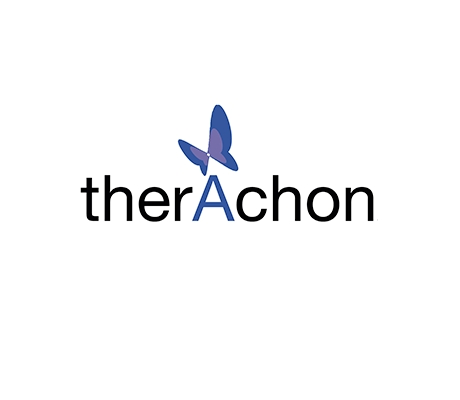Therachon, a developer of innovative therapies for achondroplasia, announced that it closed a $35 million Series A round. The funds will be used to advance Therachon’s lead program, a soluble form of human fibroblast growth factor receptor 3, through clinical proof of concept.
OrbiMed led the Series A financing and was joined by New Enterprise Associates (NEA), along with existing investors Inserm Transfert Initiative (ITI) and Versant Ventures. Joining the Board of Directors are Stephen Squinto, Ph.D., venture partner at OrbiMed, and Sara Nayeem, M.D., Principal at NEA.
“This financing validates the work we have been doing at Inserm for the last six years,” said Elvire Gouze, Ph.D., a senior researcher at Inserm and the University of Nice Sophia Antipolis and Therachon’s founder and scientific advisor. “We have discovered a novel protein therapy that has restored normal skeletal growth and reduced co-morbidities in animal models of the disease. If we can show the same effects in humans, this could dramatically improve the lives of achondroplasia patients.”
“As we met Elvire and learned about her innovative approach, we became very excited at the prospect of working with her to develop a life-altering therapy for children with achondroplasia,” said Tom Woiwode, Ph.D., Therachon’s chairman and managing director at Versant Ventures, which seeded Therachon along with ITI in 2014. “We’re thrilled to have brought together an exceptional international syndicate to support the company as we advance the program towards clinical trials.”
Stephen Squinto, Ph.D., venture partner at OrbiMed, added, “As there are no current therapies available for achondroplasia, Therachon is in a unique position to fill a significant need. Therachon is a great example of the type of high-impact investments we look to support at OrbiMed.”
Achondroplasia is a genetic disease in which a single point mutation in the gene encoding FGFR3 causes stunted bone growth and malformed cartilage. It affects approximately one child in every 15,000 births and is the leading cause of dwarfism. It is characterized by a disproportionate shortness of limbs and other skeletal deformities, which lead to significant co-morbidities such as spinal cord compression and reduced life expectancy. There are approximately 200,000 achondroplasia patients worldwide.
In 2013, researchers in Dr. Gouze’s lab published a seminal paper in Science Translational Medicine that showed a soluble decoy version of FGFR3 increased bone length and reduced complications associated with achondroplasia in mice that have the same genetic mutation as humans with achondroplasia.


